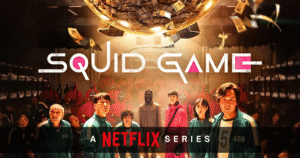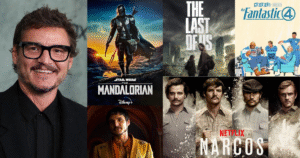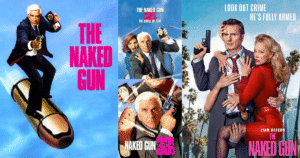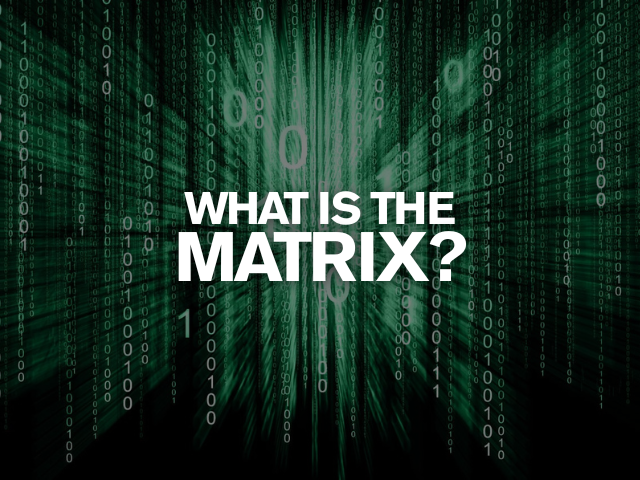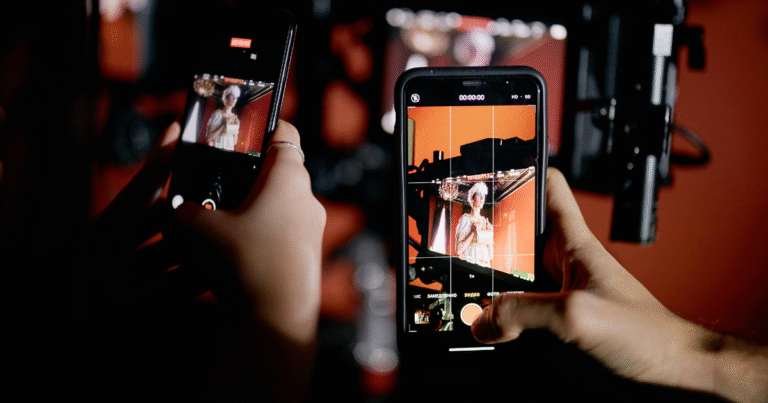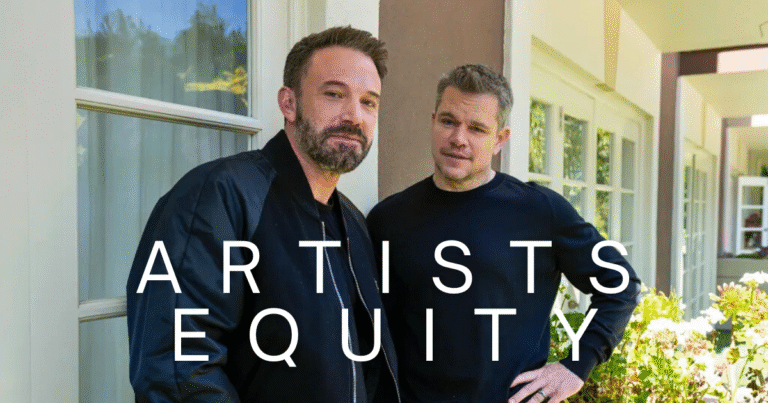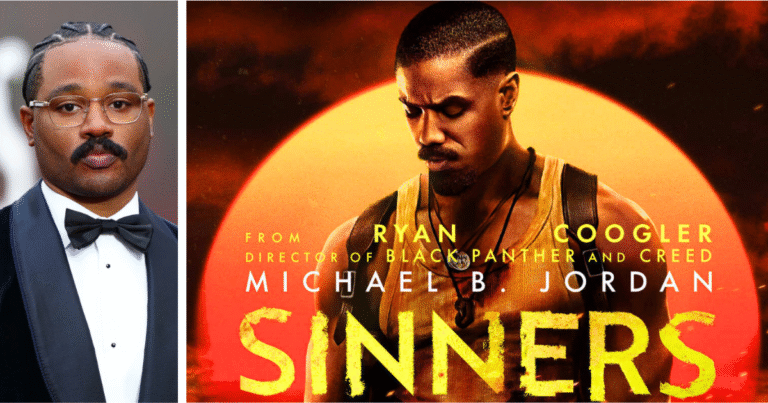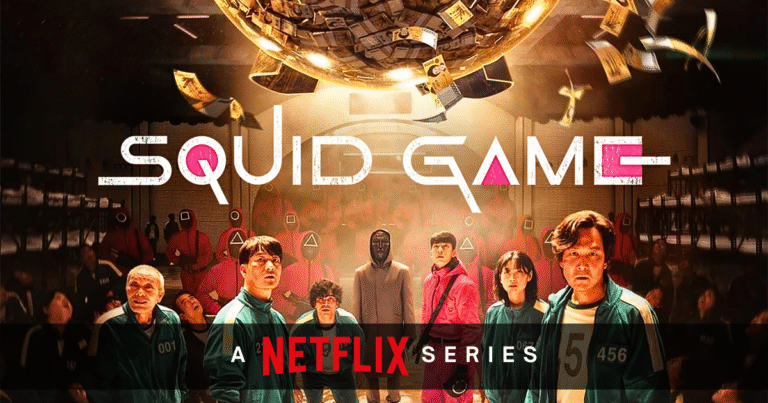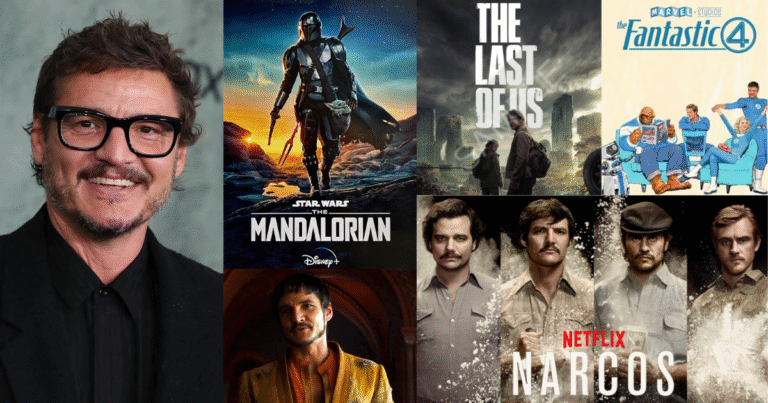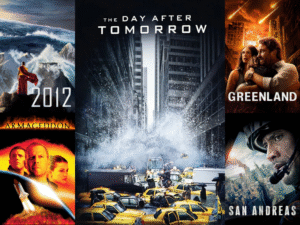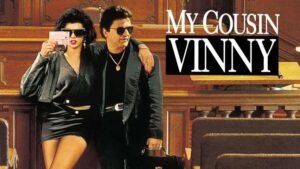In today’s world, making a great movie is just half the job. The other half is letting the world know about it. That’s where movie marketing comes in. And over the years, some films have gone beyond posters and trailers to create unforgettable marketing campaigns. These campaigns didn’t just sell tickets, they changed how the film industry thinks about promotion.
Let’s take a look at some of the most iconic movie marketing campaigns that truly changed the game. These films used clever ideas, new technology, and smart storytelling to grab people’s attention and fill theaters.
1. The Blair Witch Project (1999)
Why it changed the game: The birth of viral marketing.
This low-budget horror film shocked the world by becoming a massive hit. But it wasn’t just the creepy story, it was how it was marketed. The filmmakers used the internet, which was still new at the time, to spread rumors that the movie was real. They created fake missing person posters, built a website with “evidence,” and never broke character in interviews.
People believed it was a true story. That mystery brought millions into theaters. It showed that creative storytelling in marketing could be more powerful than a big budget.
2. The Dark Knight (2008)
Why it changed the game: Interactive campaigns at a new level.
Warner Bros. didn’t just release trailers for this Batman film, they created a full-blown alternate reality game (ARG). Fans were asked to find hidden clues online and offline. Some even received cakes with secret phone numbers baked inside. Fake websites, Gotham newspapers, and real-world scavenger hunts made fans feel like they were part of the story.
This deep involvement built huge excitement before the film’s release. It also brought fans closer to the character of the Joker, played by Heath Ledger. The campaign helped push The Dark Knight into the billion-dollar club.
3. Paranormal Activity (2007)
Why it changed the game: Let the audience demand the movie.
Instead of a wide release, the studio behind Paranormal Activity used a new approach. They let people “demand” the movie in their city by signing up online. The more requests a city got, the faster it got the movie.
This made audiences feel like they were part of the success. It created a buzz around the film and helped turn it into a sleeper hit. The campaign proved that smart digital engagement could replace expensive TV ads.
4. Deadpool (2016)
Why it changed the game: Honest, funny, and self-aware content.
Deadpool had a superhero who didn’t take himself seriously. And the marketing followed the same tone. Ryan Reynolds, who played Deadpool, became the face of the campaign, appearing in videos, social media posts, and fake ads. The film promoted itself during Valentine’s week with a romantic poster, made fun of other superhero films, and even did a Halloween video with kids.
The marketing was bold, full of humor, and tailored to internet culture. It connected with younger fans and made the film a surprise hit.
5. The Matrix (1999)
Why it changed the game: Teasing without revealing.
The Matrix launched with a question: “What is the Matrix?” For weeks, fans were teased with ads, posters, and online content that gave no clear answer. Instead of showing clips or spoilers, the campaign created mystery.
People had to visit the website to get clues. When the film was released, the mystery paid off. It felt like discovering a secret. This campaign showed that sometimes, less is more when it comes to marketing.
6. Inception (2010)
Why it changed the game: Sell the concept, not just the star.
Christopher Nolan’s Inception had a complex plot, and the marketing leaned into that. Instead of simplifying it, the campaign focused on the film’s core idea: dreams within dreams. The trailers raised questions rather than giving answers, and posters highlighted the strange, bending world of dreams.
The campaign trusted the audience to be curious and smart. It worked. People went to theaters not just to see a film, but to figure it out. It proved that mystery and imagination could drive a marketing push.
7. Cloverfield (2008)
Why it changed the game: Surprise and secrecy.
When the first teaser for Cloverfield dropped, it had no title. Just a shaky video, an explosion, and the date, 01.18.08. That was enough to spark online debates and fan theories. Months passed before the name of the movie was even revealed.
The film kept its monster a secret right up to release. This created a sense of mystery that made people curious. It was a reminder that not everything needs to be revealed in the trailer.
8. The Hunger Games (2012)
Why it changed the game: World-building across platforms.
Instead of just promoting the film, the marketing built the world of Panem. A website for the fictional government (The Capitol) let fans register as citizens. Propaganda videos, character posters, and exclusive district content created a strong connection between the audience and the story.
It turned marketing into an experience. This approach kept fans engaged even before the movie hit the screen and helped drive strong box office results.
9. It (2017)
Why it changed the game: Fear as a viral tool.
It used its main character, a terrifying clown, to get attention. Fake red balloons tied to sewer grates, creepy posters, and unsettling trailers played on people’s fears. Social media exploded with reactions. People were scared, but they couldn’t look away.
The campaign went viral because it tapped into a simple truth: fear gets attention. This made It one of the most talked-about horror releases in years.
10. Avatar (2009)
Why it changed the game: Event-level anticipation.
James Cameron’s Avatar used a combination of tech buzz, media build-up, and exclusive previews. It was marketed as the movie of the future, filmed with never-before-seen technology. Special IMAX screenings, featurettes about the tech, and a focus on the 3D experience made it feel like an event you couldn’t miss.
People didn’t just go to watch Avatar. They went to experience it. The campaign helped the film become the highest-grossing movie of all time for a decade.
Final Thoughts
Great marketing doesn’t just sell tickets, it creates moments. These campaigns prove that with creativity, connection, and a little courage, marketing can become as memorable as the movie itself. Whether it’s mystery, humor, or fear, smart film marketing speaks to emotions. And in doing so, it can change the way we watch, share, and love cinema.
